Girl Rising, the Girls Opportunity Alliance, and Malala Fund are three nonprofit programs working to break down the barriers keeping millions of girls around the world from learning. This Earth Day, they’re coming together to highlight the link between girls’ education and climate change — and to amplify the work of five young climate activists dedicated to protecting the planet.
By Christina Lowery (Chief Executive Officer of Girl Rising); Tiffany Drake (Executive Director of the Girls Opportunity Alliance at the Obama Foundation); and Suzanne Ehlers (Chief Executive Officer of Malala Fund)
Solar panels, electric cars, and wind farms are all well-known solutions to the climate crisis. But if we hope to secure a greener future, educating girls must be part of the solution.
Girls’ education is one of the most powerful yet overlooked strategies in the fight against climate change. The skills girls learn at school — like critical thinking and creative problem solving — better prepare them to advocate for themselves, secure green jobs, and develop solutions to climate change that address the social justice issues at the root of the crisis. It also helps countries build climate resilience, establish a more equal workforce, and grow their economies.
But the reality is that girls and young women are disproportionately impacted by climate change. Climate disasters like flooding or droughts amplify the inequalities girls face and further limit their ability to access and complete their education. Without urgent climate action, by 2025 climate-related events will prevent at least 12.5 million girls from completing their education each year, according to Malala Fund’s latest report estimates.
The issues overlap: Climate action keeps girls learning and education equality protects our planet.
Young women everywhere are calling for change. They are best placed to explain how climate change affects their lives and communities. And their voices must be part of any solution.
From podcasting to planting trees to pushing for wildlife protection, young women are leveraging their education to tackle climate issues any way they can. They are proof that educated girls have the power to change our world — and a reminder why we must ensure every girl can go to school.
Read on to see how five young women are working to protect our planet.
1. Carmela Ellaga, Philippines
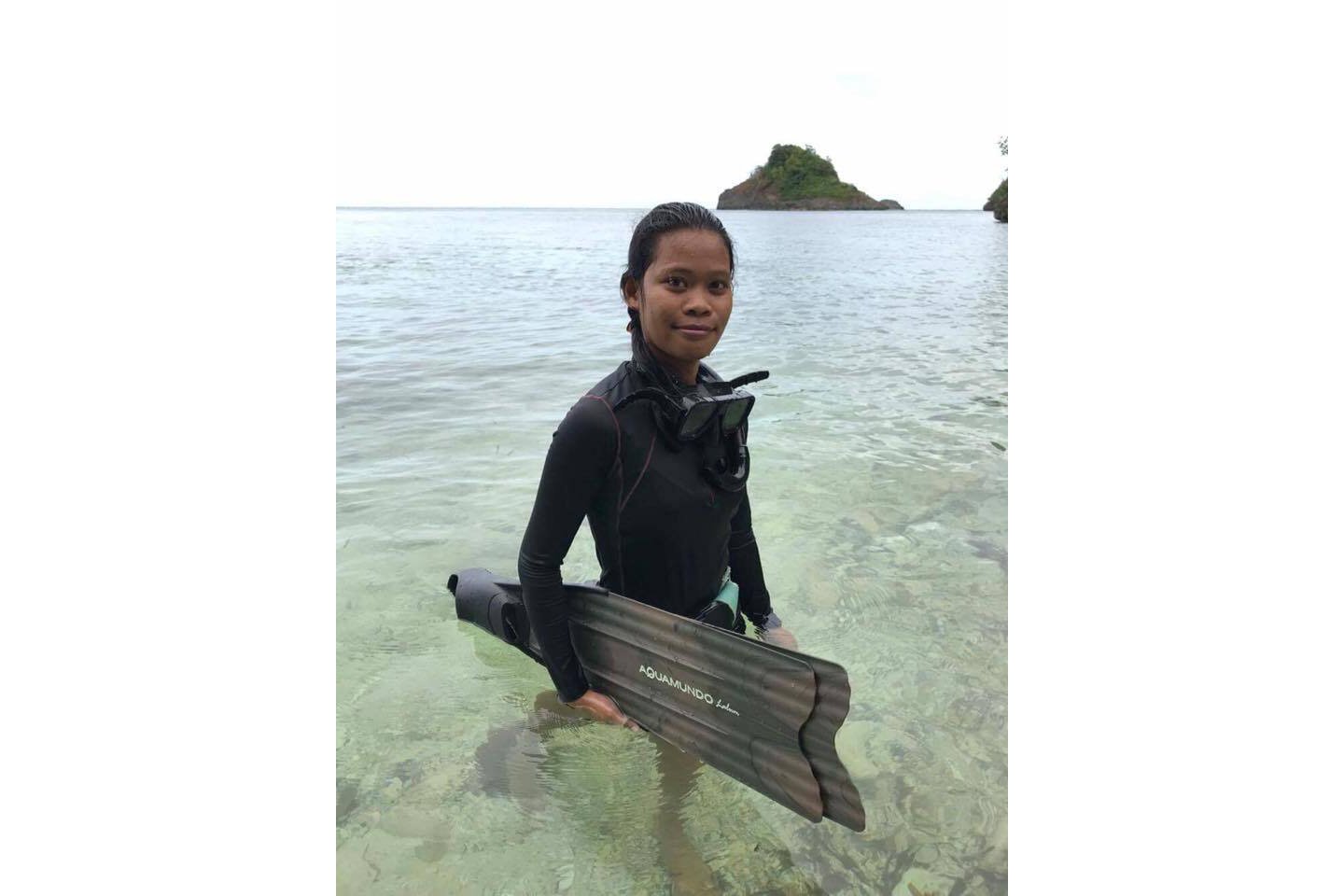
Carmela, 21 years old, grew up in a fishing village in the Philippines close to the local vibrant wildlife—sea turtles, manta rays, and butterfly fish. But her school’s close proximity to the ocean also left her classes vulnerable to cancelation due to floods and typhoons. Unpredictable weather and climate change didn’t just threaten her education, but also her family’s livelihood. Extreme weather and exploitation of resources by illegal fishing practices made her uncles’ jobs as fishermen increasingly difficult. After Carmela had the opportunity to travel to Danjugan island, a solar-powered wildlife sanctuary where she learned about conservation and sustainable development, Carmela entered the Fisheries Program at Carlos Hilado Memorial State University. She is now a licensed fisheries technologist developing sustainable solutions to local fish decline and other climate change issues.
"My education led me to where I am today. As a fisheries technologist working in an NGO [PRRCFI] that works for conservation and partners with the local government units, I was able to participate and become more involved in decision making for our community, drafting and implementing environmental policies.”
2. Ellyanne Wanjiku, Kenya
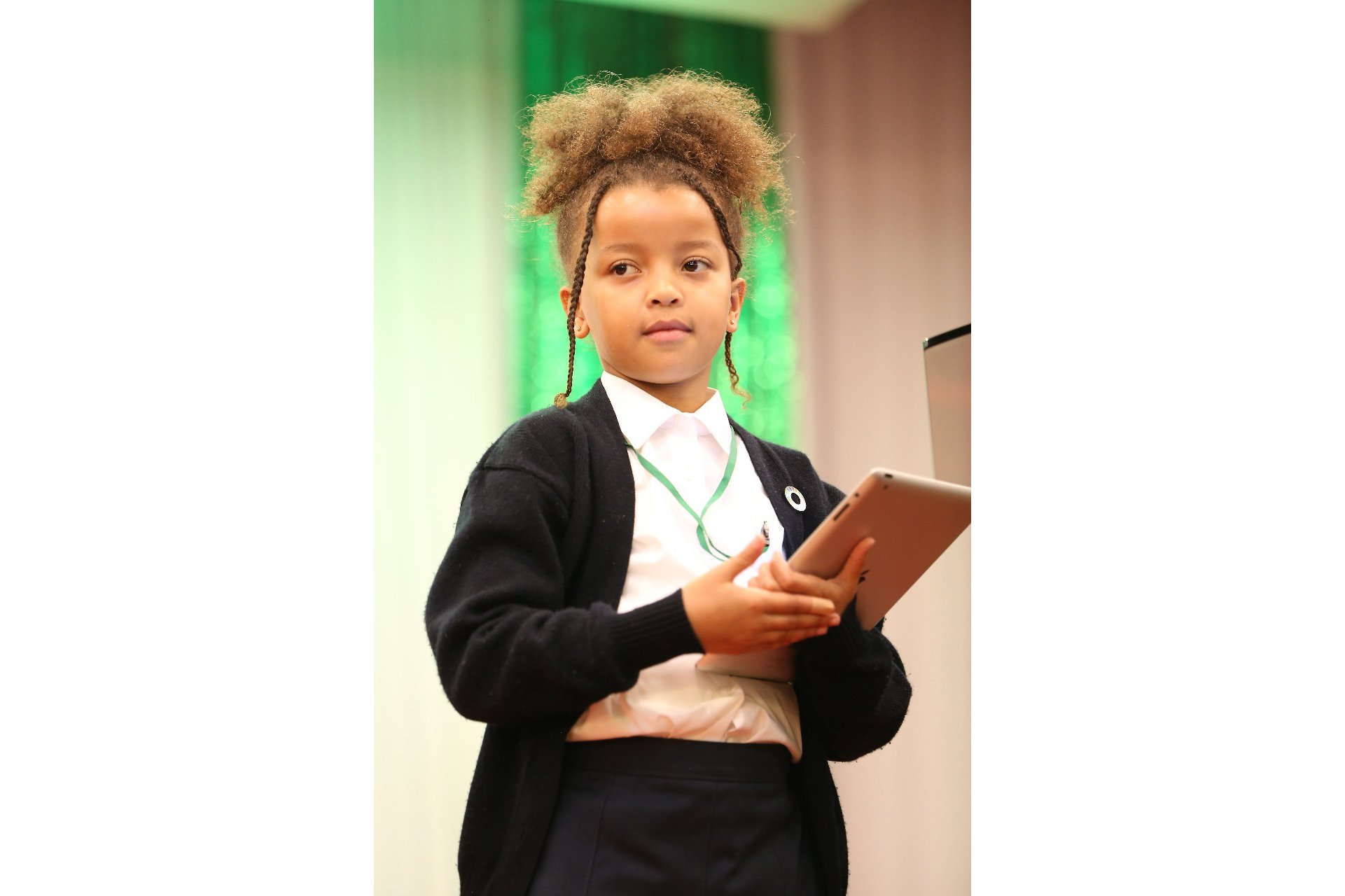
When Ellyanne heard about the environmental work of Wangari Maathai in her Kenyan kindergarten, she wasted no time in following in her footsteps and convinced her mother to help her plant a tree. From then on, Ellyanne’s passion for protecting the planet has only grown. Now 10 years old, Ellyanne is the force behind Children With Nature — a nonprofit that has planted more than 250,000 trees across Kenya. Working with the help of her mother, Ellyanne’s organization has partnered with 80 local schools to create tree nurseries that generate income for the schools through the sale of seedlings—and that produce nutritious fruit for food insecure students.
“Tree planting is good for the community because it helps with production of oxygen... I encourage everyone to plant a tree, we must plant a trillion trees to mitigate climate change."
3. Xiye Bastida, US
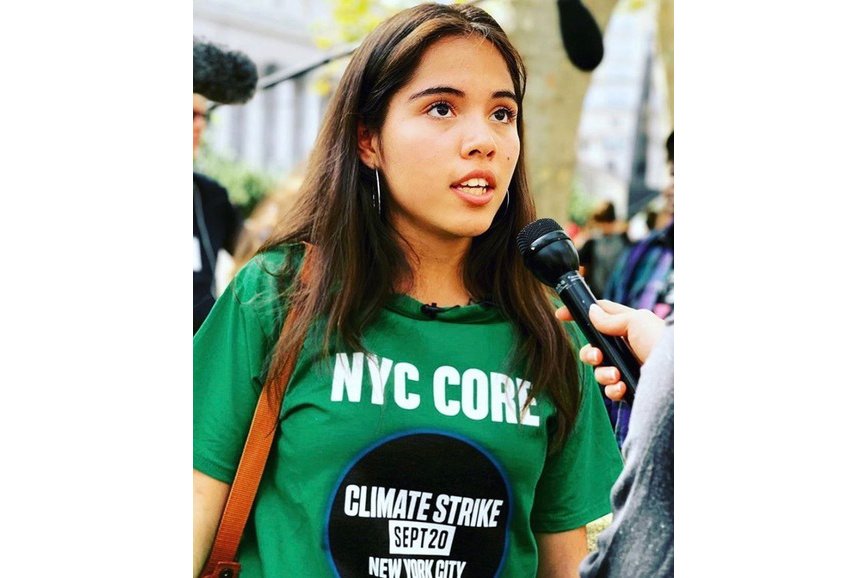
Xiye Bastida, wants to see climate education embedded across all subjects in schools from K-12.
“We should make climate education a right so that students know what’s going on, and so we can go into the workforce knowing what our greatest challenge is,” she says.
In addition to being a busy and outspoken climate activist and a cofounder of Fridays for Future, Bastida is currently studying Environmental Studies at the University Of Pennsylvania. Now 18 years old, her own climate education began as a young girl when, after three years of drought, her hometown of San Pedro Tultepec, Mexico, became inundated by extreme flooding causing her and her family to flee. Later at school in New York City, Xiye began her journey as an activist, joining environmental groups, leading student strikes, and urging politicians to employ policies that protect and value the planet.
4. Vanya Sayimane, India
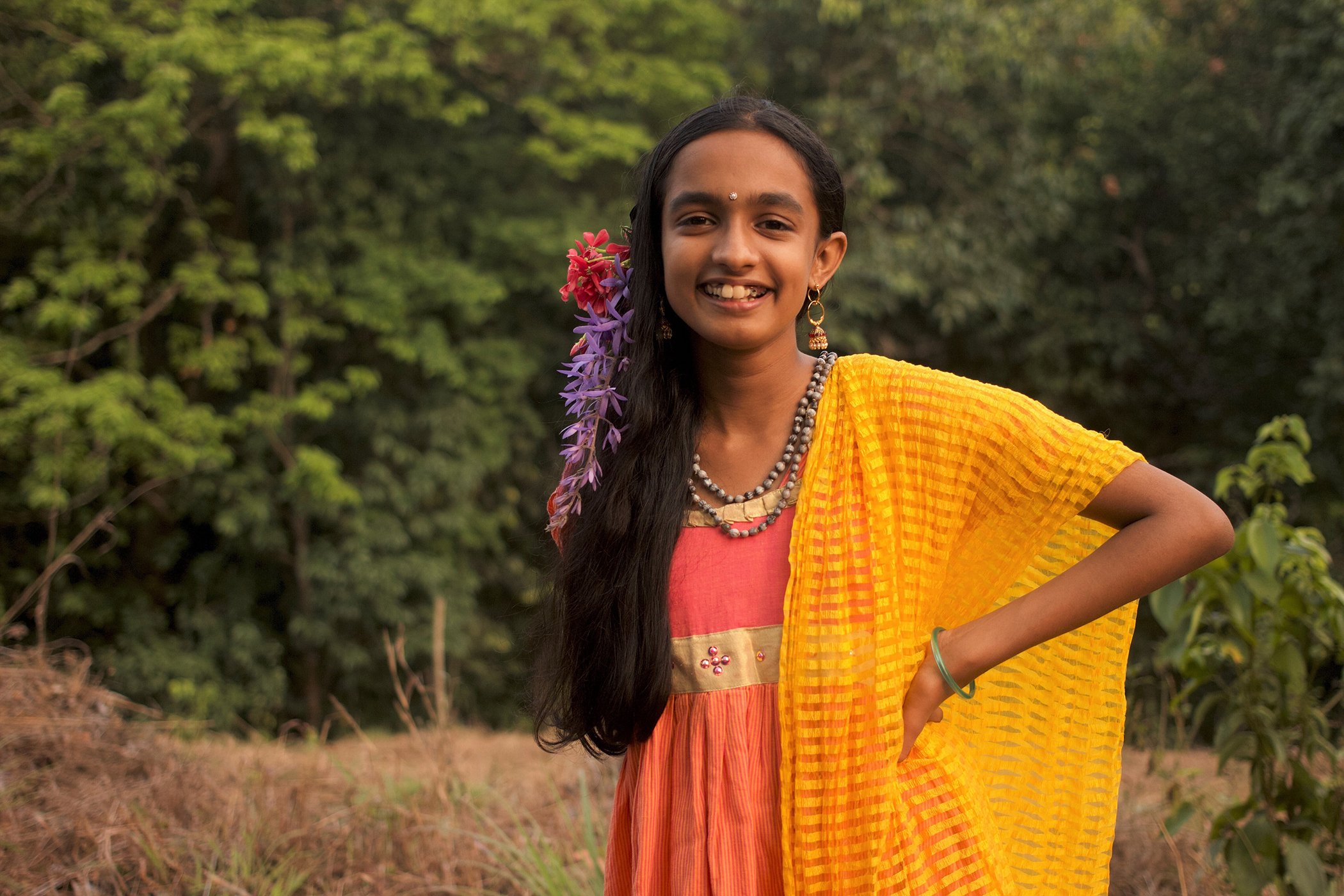
Vanya Sayimane is a 15-year-old student living in Karnataka, India, who writes blogs about the climate crisis. Vanya was born in the middle of dense forests in the Western Ghats, a chain of mountains that runs along the western coast of India. The Western Ghats protect her people from floods and other natural calamities that affect coastal areas. But over the years, she has watched as climate change has threatened her home and everything she loves due to flooding, drought, deforestation, and the building of dams and nuclear power plants. Even though the Western Ghats are a UNESCO world heritage center, she continues to see organizations building new dams and nuclear power plant projects in her region, further threatening their forests and rivers. She has joined local youth to educate herself about climate change and how it has affected her home and she is determined to fight for the future of her community.
“I want my forests to thrive again,” she says. “I want the lungs of our people to be able to breathe again. Change is happening now. I am determined to make it a positive change.”
5. Lauren Ritchie, The Bahamas
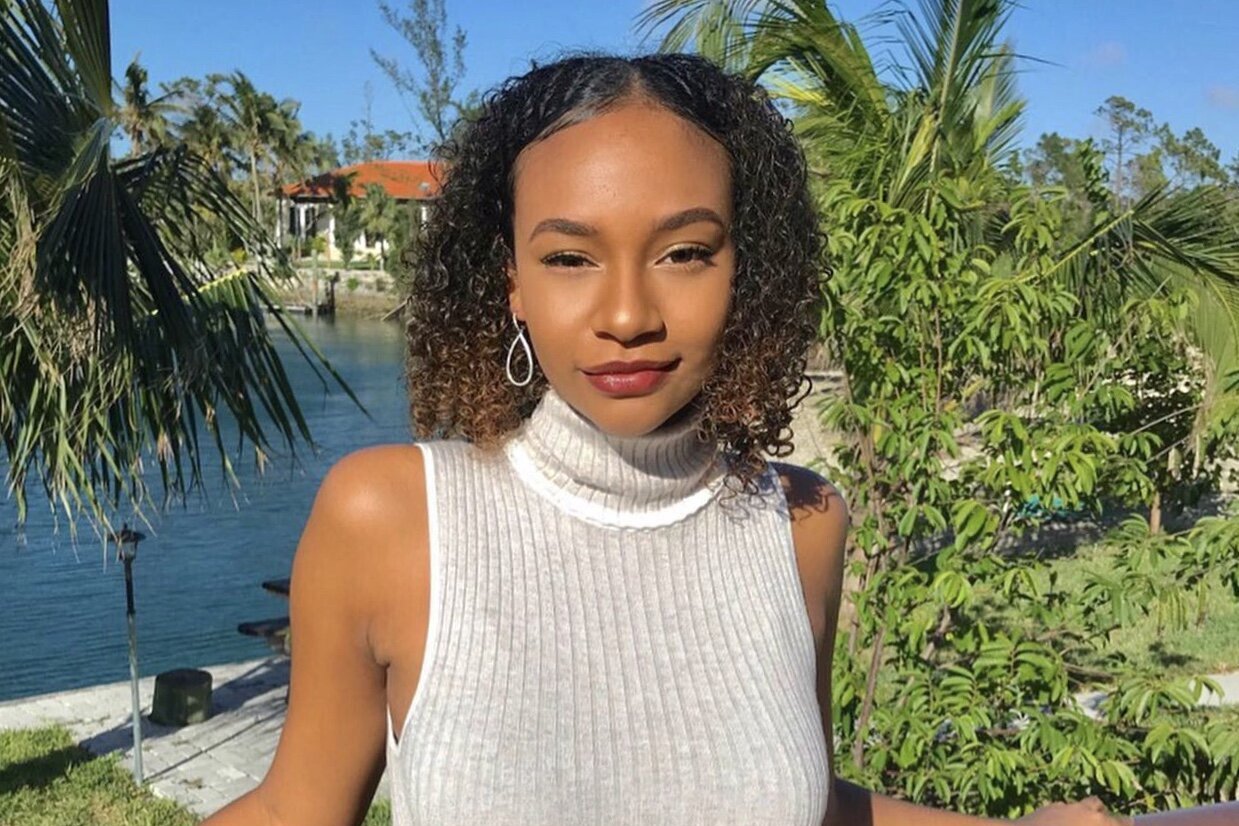
Lauren Ritchie is a 19-year-old climate activist, writer, and student from The Bahamas studying sustainable development and political science at Columbia University. From a young age, Lauren was passionate about social and environmental issues, especially the ones occurring on her island. Her journey with the eco-community began in high school as a member of the Keep Grand Bahama Clean initiative, participating in beach clean-ups, environmental protests, and educational programs
to spread awareness about environmental protection on her island. The more she continued her climate activism work, the more she realized there weren’t enough Black, Indigenous, and people of color (BIPOC) voices in the climate conversation.
In May 2020, she launched the Eco Justice Project, a digital platform that educates on global climate justice, promotes intersectional climate action, and amplifies the voices of marginalized communities. She is also a writer and content strategist for Brown Girl Green and the co-host of the podcast Black Girl Blueprint.
“Environmentalists must not only reconcile with the racist and exclusionary history of environmentalism but also address the fact that climate change disproportionately impacts communities of color,” Lauren says.
Take action for girls’ education today with Girl Rising, the Girls Opportunity Alliance, and Malala Fund.